What Does Real Night Vision Look Like ?
Real night vision technology allows the user to see in low-light or no-light conditions. The resulting image is typically green or black and white, and may appear grainy or distorted. Night vision devices work by amplifying available light or by using infrared technology to detect heat signatures. The resulting image may have limited depth perception and may not be as clear as daytime vision, but it allows the user to navigate and see objects that would otherwise be invisible in the dark.
1、 Infrared Imaging
What does real night vision look like? Real night vision is achieved through the use of infrared imaging technology. Infrared imaging works by detecting the heat emitted by objects and converting it into an image that can be seen by the human eye. This technology is used in a variety of applications, including military and law enforcement operations, surveillance, and even medical imaging.
Infrared imaging allows users to see in complete darkness, as well as through smoke, fog, and other obstacles that would normally obscure vision. The images produced by infrared cameras are typically black and white, with varying shades of gray representing different levels of heat. This allows users to easily distinguish between objects and people, even in low-light conditions.
Recent advancements in infrared imaging technology have led to the development of more compact and affordable cameras, making this technology more accessible to a wider range of users. Additionally, some cameras now offer color imaging capabilities, allowing users to see more detail and better distinguish between objects.
Overall, infrared imaging technology provides a powerful tool for night vision and other applications, allowing users to see in conditions that would otherwise be impossible. As this technology continues to evolve, we can expect to see even more advanced capabilities and applications in the future.

2、 Thermal Imaging
"What does real night vision look like?" is a question that has been asked for decades, and the answer has evolved over time. The latest point of view is that real night vision is best achieved through thermal imaging.
Thermal imaging is a technology that detects infrared radiation emitted by objects and converts it into an image. This allows users to see in complete darkness, as well as through smoke, fog, and other visual obstructions. Unlike traditional night vision, which relies on amplifying available light, thermal imaging does not require any ambient light to function.
The images produced by thermal imaging are typically grayscale, with warmer objects appearing brighter and cooler objects appearing darker. This allows users to easily distinguish between different objects and identify potential threats or targets.
In recent years, thermal imaging technology has become more accessible and affordable, making it a popular choice for military, law enforcement, and civilian applications. It is used for everything from surveillance and search and rescue operations to hunting and outdoor recreation.
Overall, real night vision looks like a clear, detailed image of the environment, regardless of the lighting conditions. Thermal imaging is currently the most effective way to achieve this, and its popularity is only expected to grow in the coming years.
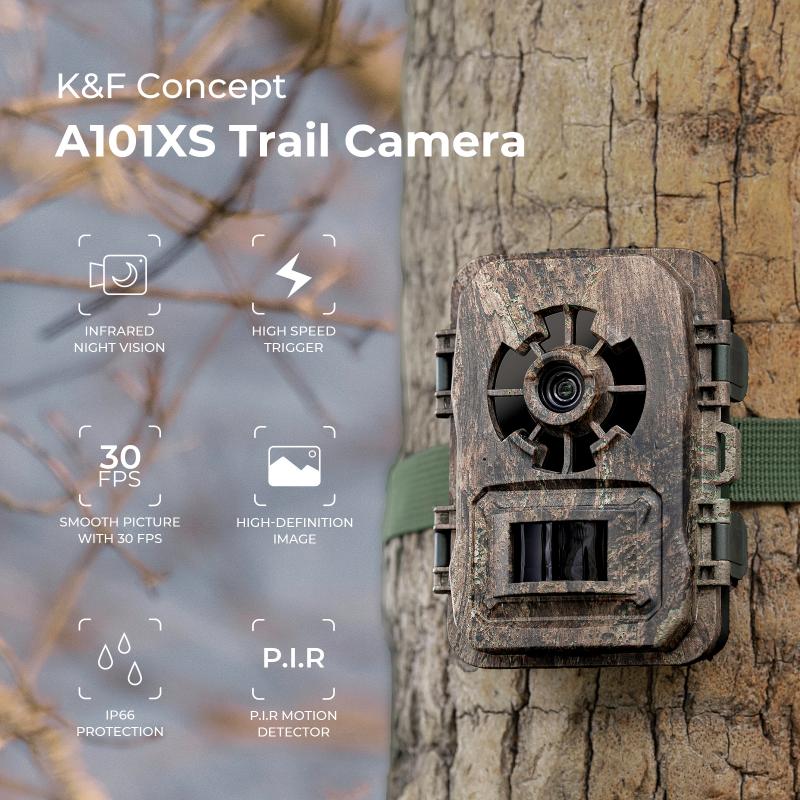
3、 Image Intensification
Real night vision, also known as image intensification, allows individuals to see in low-light conditions by amplifying available light. This technology works by capturing the available light through a lens and then converting it into an electrical signal. The signal is then amplified and projected onto a phosphor screen, which creates a visible image.
The resulting image is typically green in color, as the phosphor screen used in image intensification technology emits green light when excited by the amplified electrons. This green color is easier for the human eye to distinguish in low-light conditions, making it the preferred color for night vision devices.
Recent advancements in image intensification technology have led to improved image quality and reduced size and weight of night vision devices. Some of the latest night vision devices also incorporate thermal imaging technology, which detects heat signatures and can provide a clearer image in complete darkness.
Overall, real night vision technology provides a significant advantage in low-light conditions, allowing individuals to see and navigate their surroundings with greater ease and safety.

4、 Low-Light Imaging
What does real night vision look like? Real night vision technology allows users to see in complete darkness, using either thermal imaging or image intensification. Thermal imaging detects the heat signatures of objects and creates an image based on the temperature differences, while image intensification amplifies the available light to create a visible image.
Low-light imaging, on the other hand, refers to the ability to see in low-light conditions, such as at dusk or in dimly lit environments. This technology uses sensors that are more sensitive to light than the human eye, allowing for clearer images in low-light situations.
The latest advancements in low-light imaging technology include the use of artificial intelligence and machine learning algorithms to enhance image quality and reduce noise. This allows for even clearer images in low-light conditions, making it easier to identify objects and people.
Overall, real night vision and low-light imaging technologies have come a long way in recent years, providing users with the ability to see in complete darkness or low-light conditions with greater clarity and accuracy than ever before.
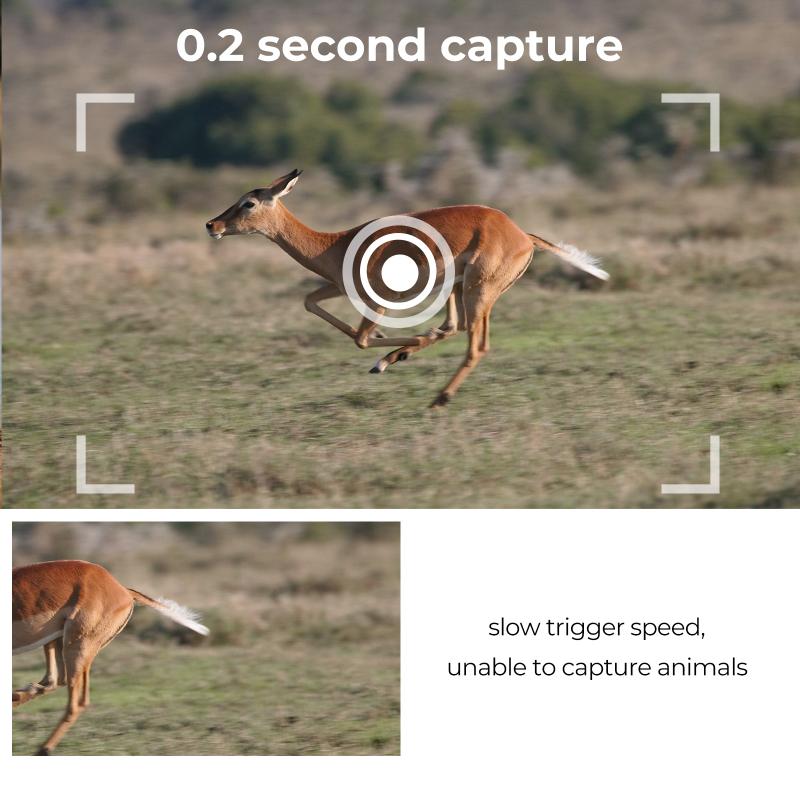


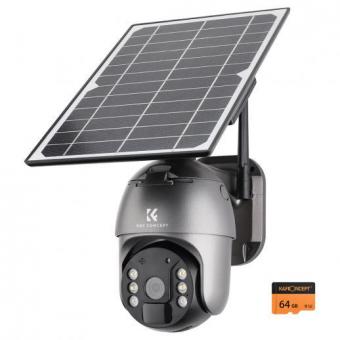
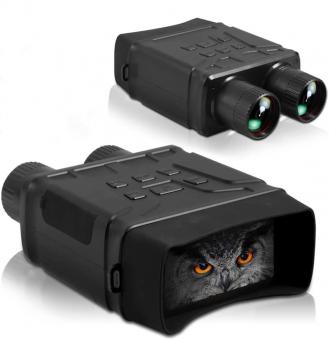








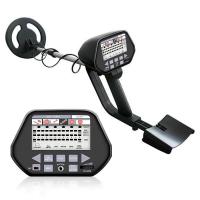




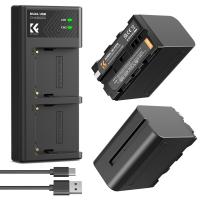

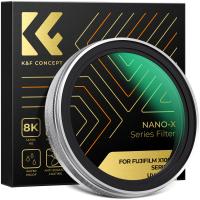
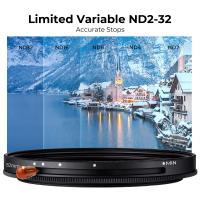


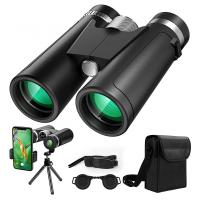
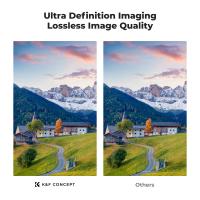

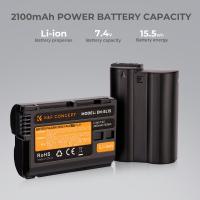
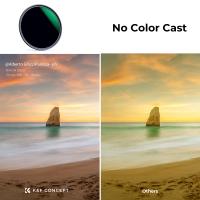
There are no comments for this blog.